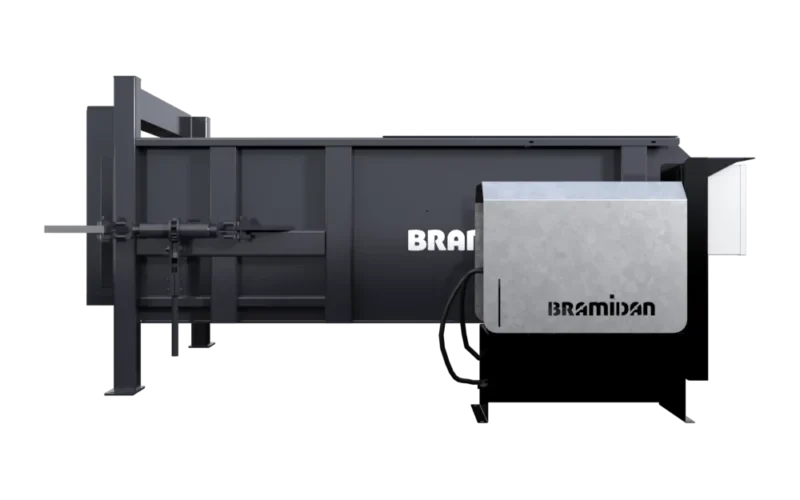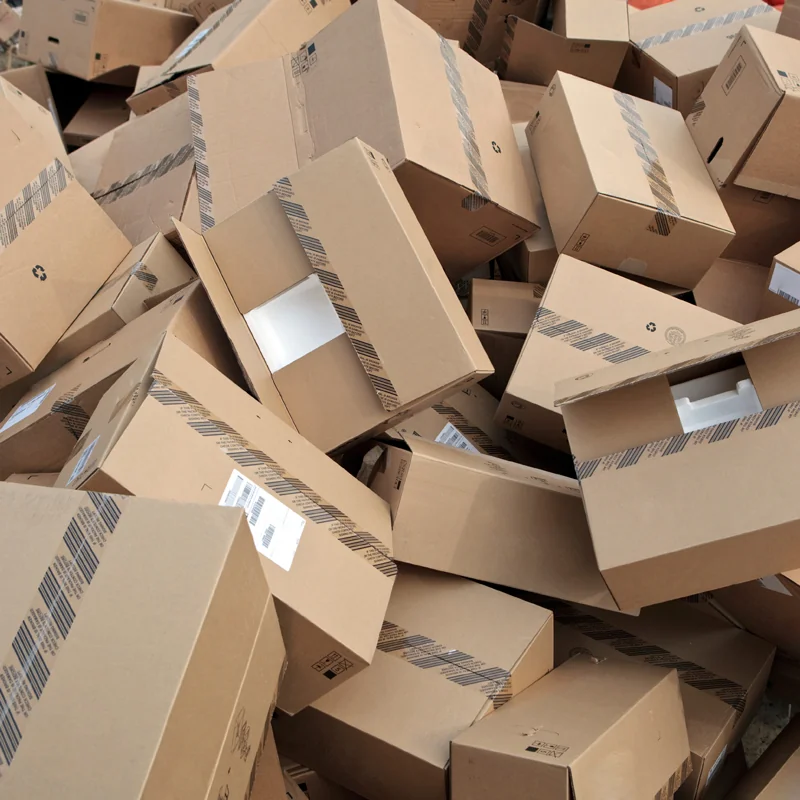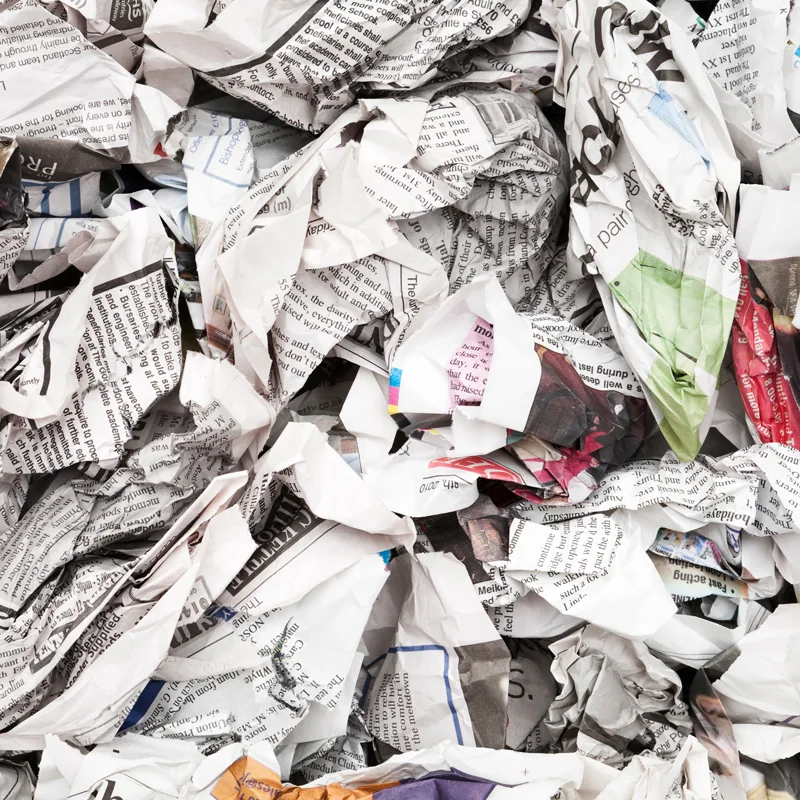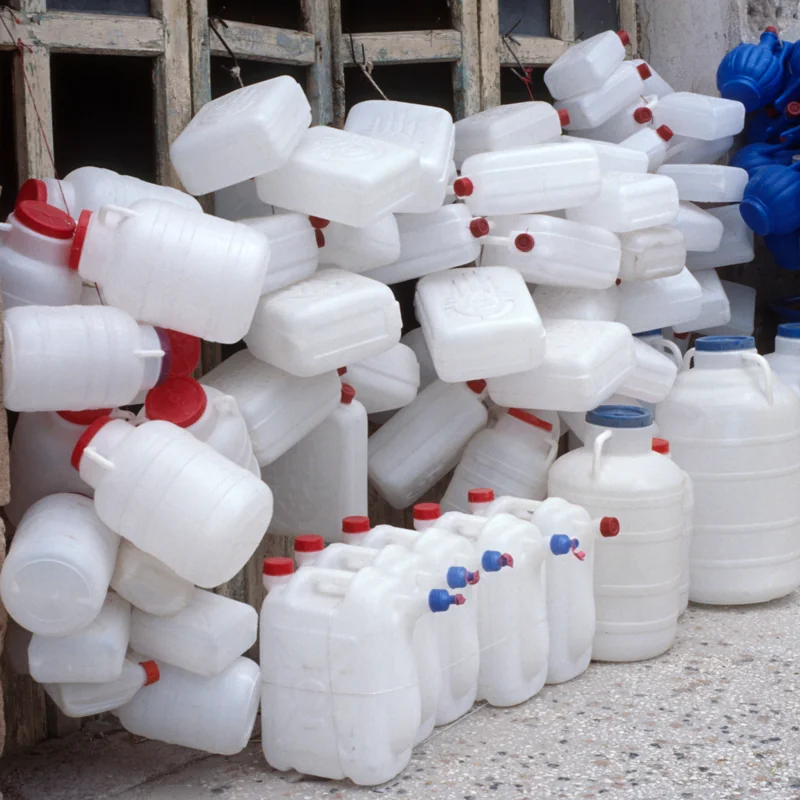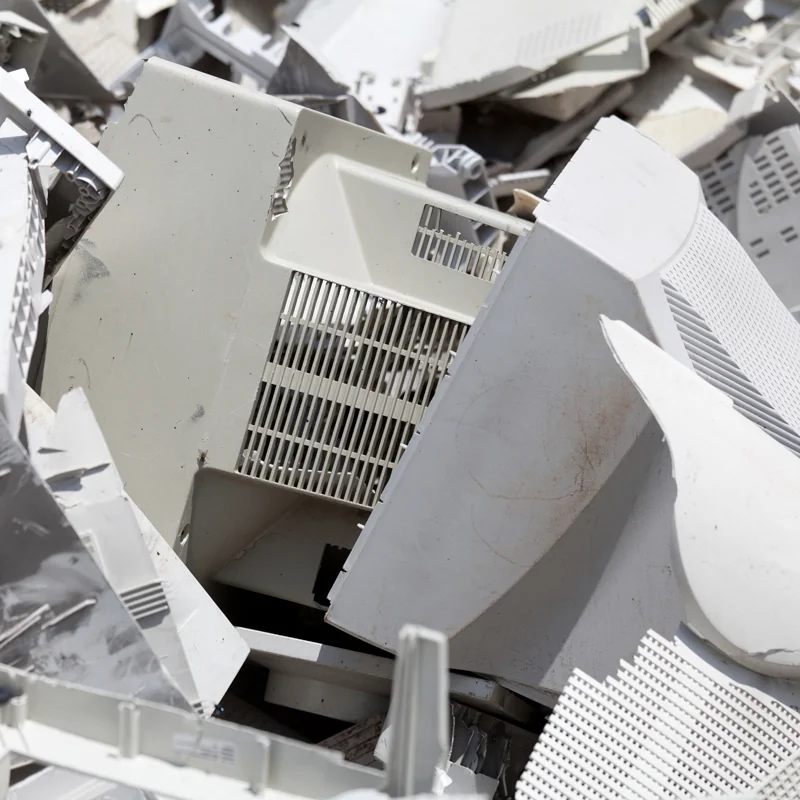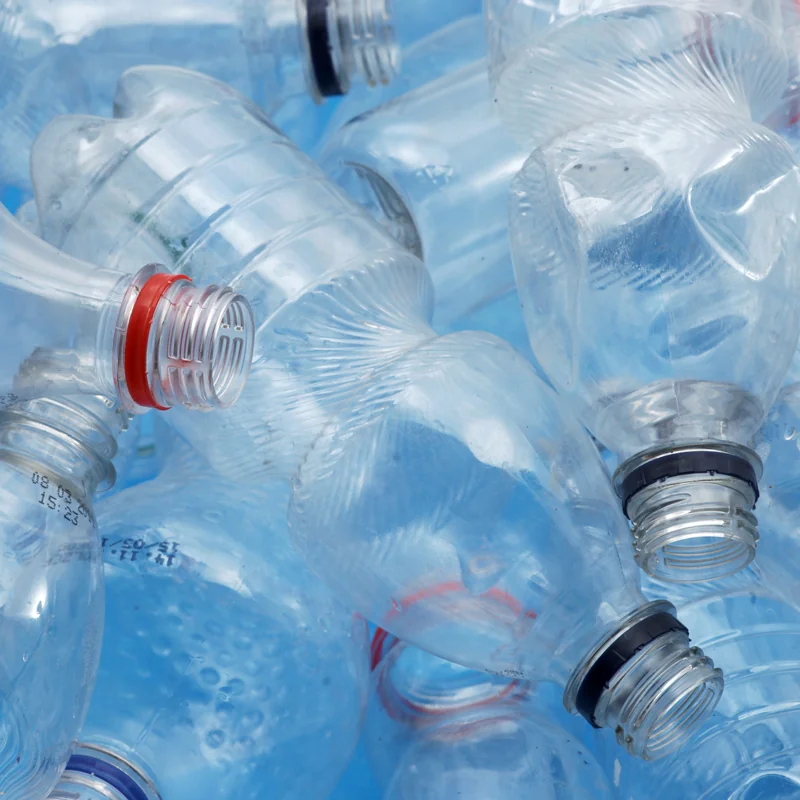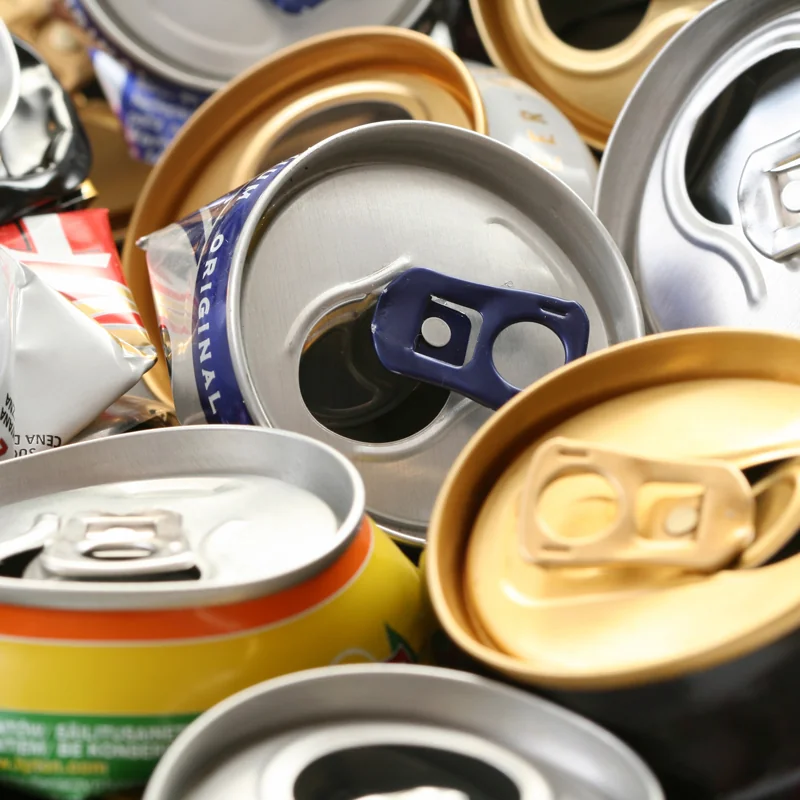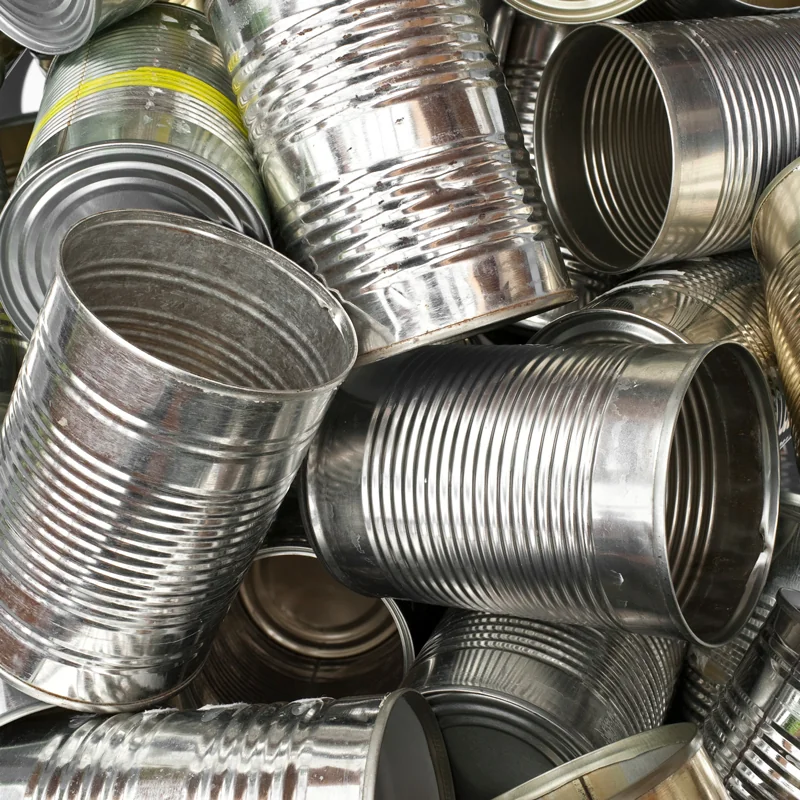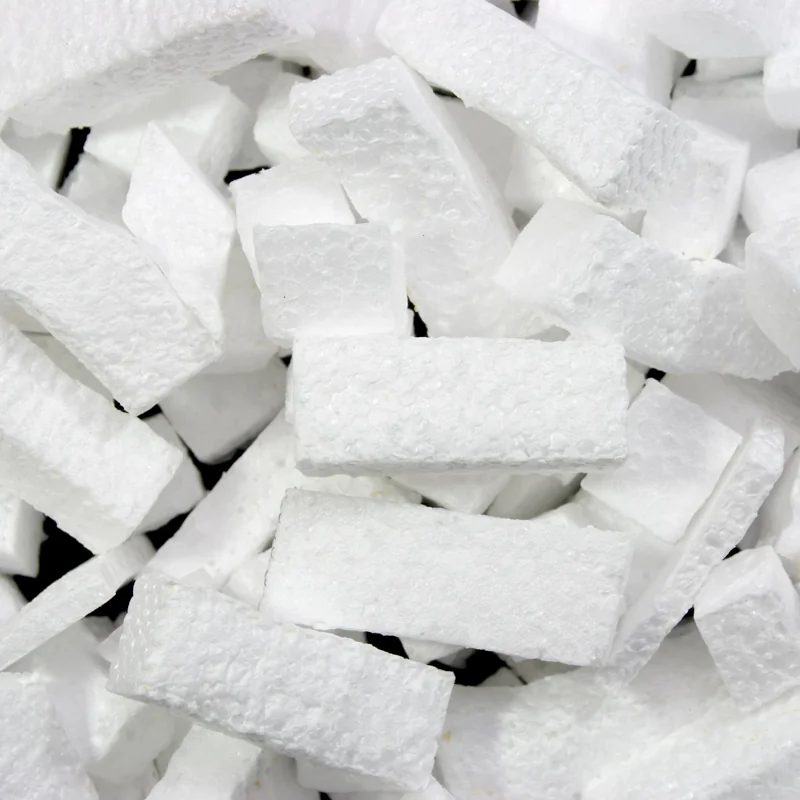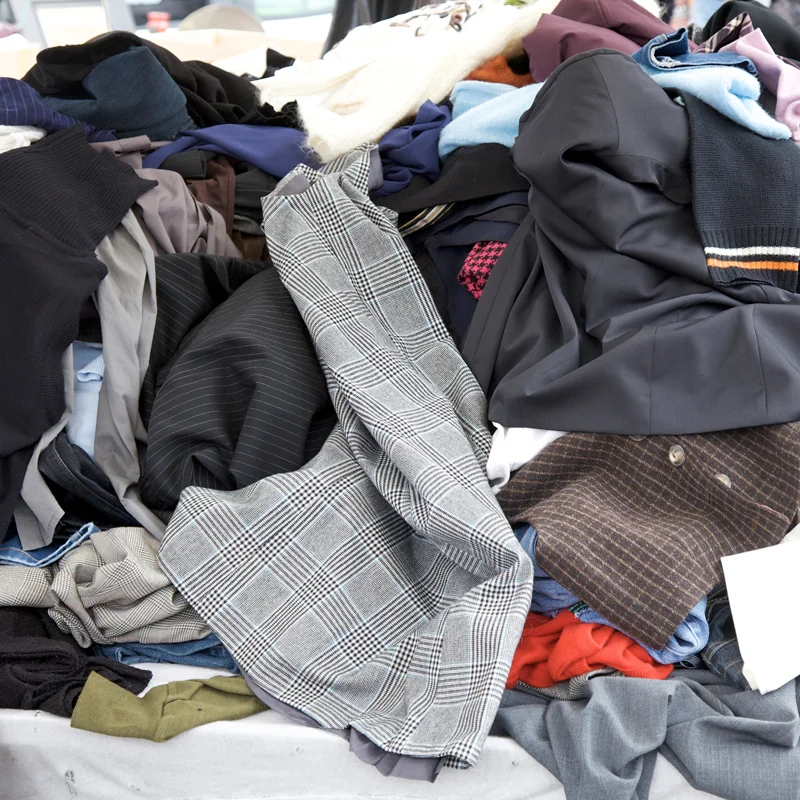Compactors
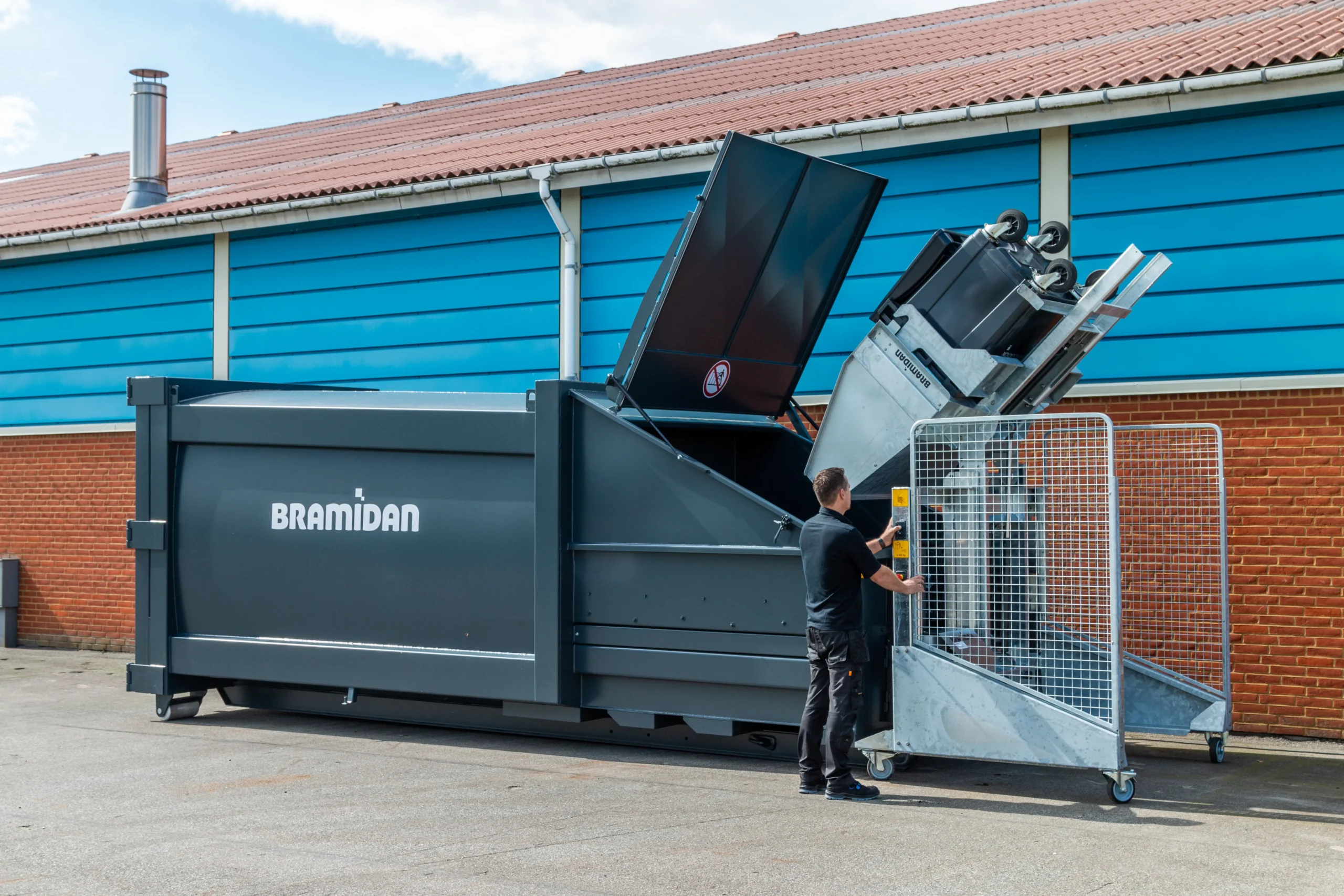
Get Control of Large Amounts of Waste with a Compactor from Bramidan
Our compactors are available as both mobile and stationary solutions and can be adapted to many types of waste – such as dry, wet organic, or mixed residual waste. They are ideal for businesses with large amounts of waste – for example in production, retail, or logistics – where efficiency and space utilization are crucial.
With a press plate, the compactor pushes the waste into a closed container, where it is compressed and thus takes up significantly less space. This means fewer collections, lower transportation costs, and a more orderly workplace.
Save space, time, and money – and get a more responsible waste management.
Find the Right Compactor for Your Company
Self-Contained Compactors
Stationary Compactors
Benefits of a Compactor
- Reduced waste volume: The waste is compressed directly into a closed container, making it significantly smaller.
- Fewer collections: When the waste takes up less space, the container can hold more. This results in fewer emptying and lower disposal costs.
- Lower transport costs: Reducing the number of collections saves both transportation expenses and resources for logistics and planning.
- Suitable for large amounts of waste: Particularly relevant in industries such as manufacturing, retail, and logistics, where waste accumulates quickly.
- For wet and dry waste: Our compactor models can be adapted to different types of waste – such as wet organic waste, mixed residual waste, and packaging.
- Available as mobile or stationary solution: Choose the solution that fits your space, operation, and collection needs.
- Reduces internal waste handling: Less need for manual lifting and fewer trips with waste to containers.
Monitor and Optimize with BRA-IN
With real-time data and automated notifications, you can make better decisions, cut operational costs, and document your sustainability efforts.
BRA-IN stands for Bramidan Intelligence and connects your equipment directly to an easy-to-use platform – letting you track fill levels, optimize pickups, and schedule maintenance – all in one seamless solution.
Combine our BRA-IN services to fit your needs
How Does a Waste Compactor Work?
When the waste is filled into the machine’s chamber, an electro-hydraulic press plate is activated, pushing the material horizontally into a container and effectively compressing it. When the container is full, it is collected and emptied – either as part of a mobile unit or as a separate container in a stationary solution. This makes it easy to integrate the compactor into daily operations and ensures continuous handling of larger amounts of waste.
Depending on the type of waste, the pressing force, and the machine’s capacity, the volume can be significantly reduced – in some cases up to 98%. This applies, for example, to polystyrene and other bulky waste.
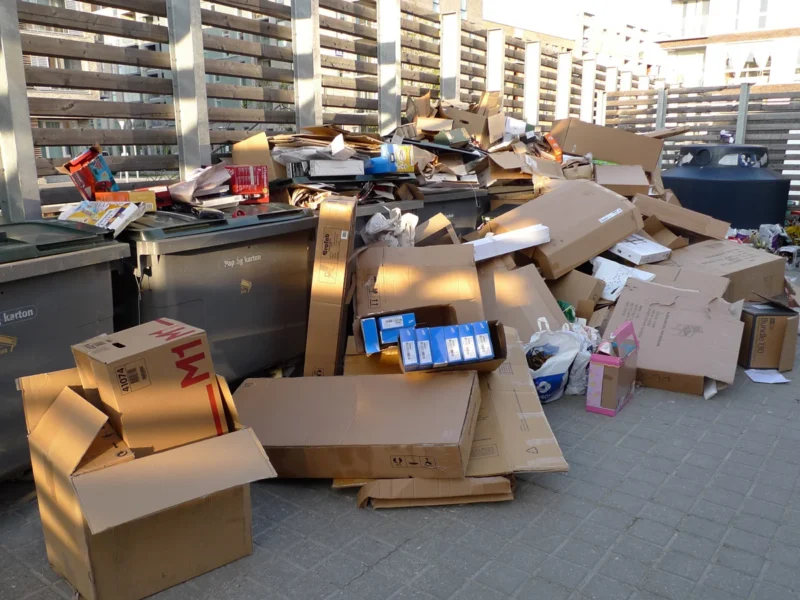
What Types of Waste Can Be Compacted?
Our compactors can handle a wide range of waste types such as:
- Cardboard and cartons
- Paper: Shredded paper, paper bags, and newspapers.
- Plastic: Soft and hard plastic
- Other materials: Approved wood, EPS, organic, metal, and cans.
We offer specialized compactors designed for specific types of waste, ensuring optimal compression and handling.
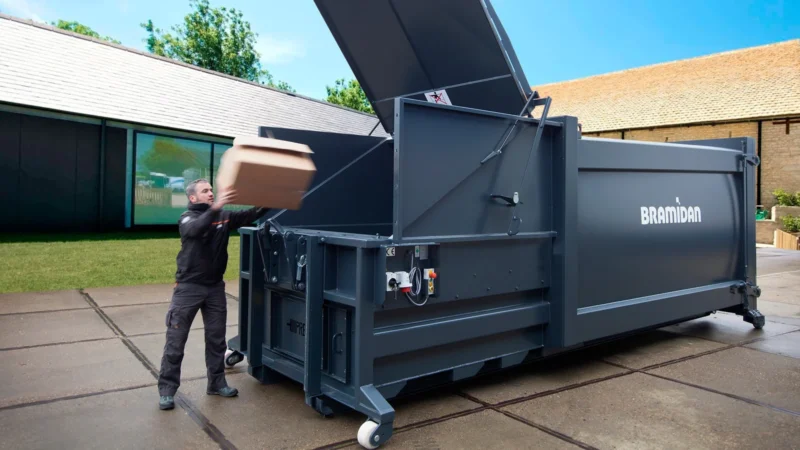
How Much Waste Can a Compactor Handle?
Trash compactor capacity varies based on size and design:
- Portable: Up to 1000 gallons.
- Regular indoor: 25 to 55 gallons.
- Large (like 40-yard): Holds 5 to 6 tons of waste.
Compactors offer different compaction ratios for handling more waste efficiently.
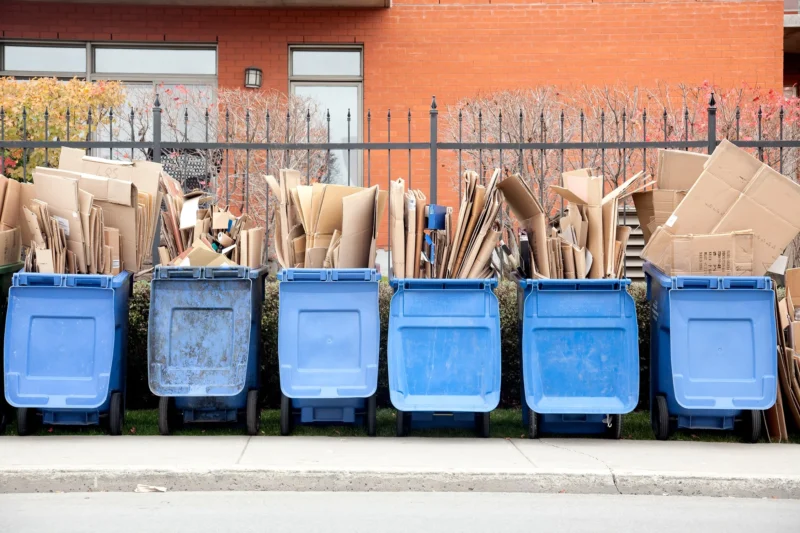
Can a Compactor Reduce Waste Volume?
Yes – a compactor is an efficient tool for minimizing the volume of waste and optimizing your waste management. By compressing the waste, you achieve several benefits:
- Reduced volume: Compact waste up to 5:1 and save on the number of collections.
- More space: Free up space in the rear, waste areas, and storage.
- Lower costs: Fewer collections and improved logistics result in savings.
How to Integrate a Compactor into your Operation
Installation space – what does it require?
- Solid foundation: Compactors must be placed on a solid foundation that can bear the weight and ensure stable operation.
- Space requirements: Depending on the model, the installation typically requires an area of 3-5 meters in width and 7-14 meters in length.
- Headroom: Typically 7-8 meters in height if the compactor is placed under a canopy or inside a building.
Easy integration into existing systems
- Compatible with other solutions: Compactors can be combined with balers, containers, and other systems and adapted to your existing logistics and location.
- Ready for automation: BRA-IN makes it possible to schedule pick-ups based on fill level – instead of fixed time intervals.
- Handling multiple types of waste: A compactor can be used for wet, dry, bulky, and mixed waste – all in one solution.
Site Preparation
- Electrical access: The proximity to the power supply affects installation costs.
- Access for haulier: The space must be free of overhead obstacles, and there must be room for the hauliers to maneuver safely in and out of the area.
Project Sales and Customer-Adapted Compactors
We supply custom-made compactors that streamline waste management and are a perfect fit for both industrial, retail, and larger construction projects.
With our tailored solutions, ensure optimal operation and reduced costs.
Compactor or Baler – What Should You Choose?
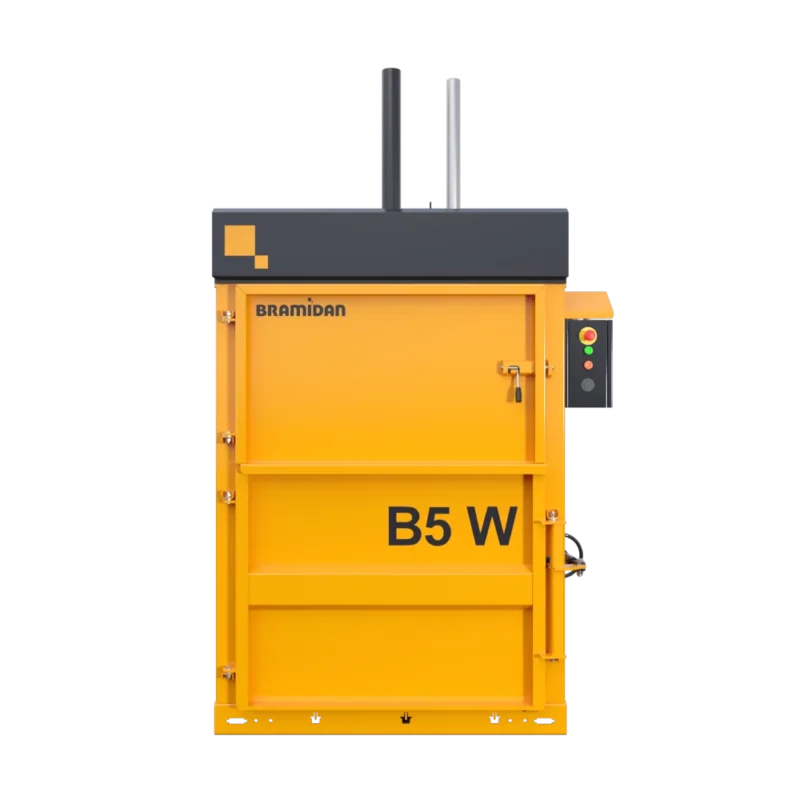
Baler
- Presses cardboard, plastic, and paper into compact bales
- Suitable for sorted, dry waste with high resale value
- Provides better sorting and possibility for resale
- Takes up minimal space and frees up storage
- Requires manual operation and binding of bales in vertical models
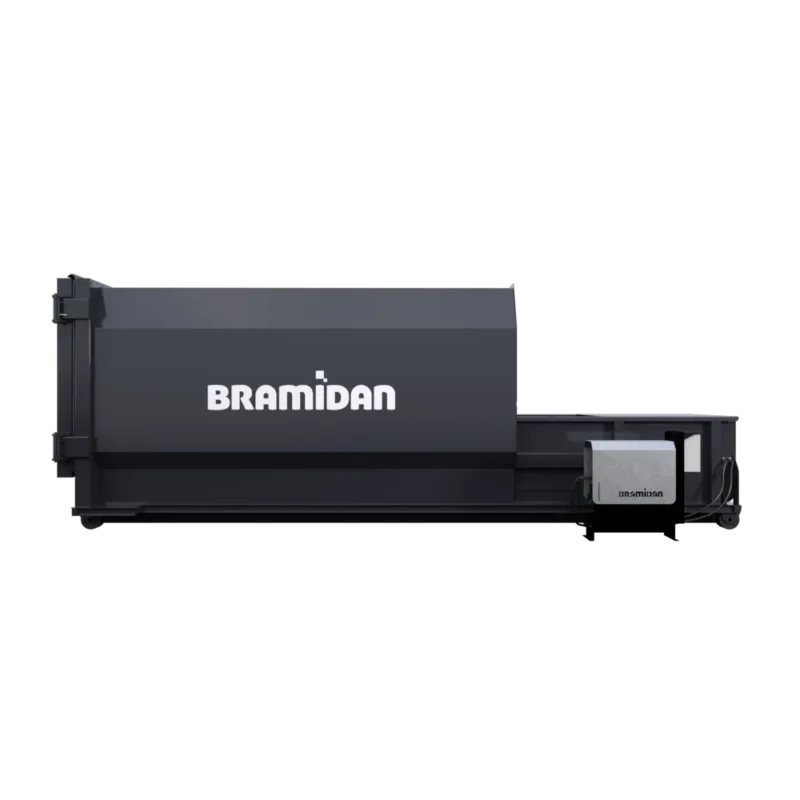
Compactor
- Compacts mixed, wet, or residual waste directly into a container
- Reduces volume and minimizes collection frequency
- Saves space and operating costs – especially for large quantities
- Ideal for food waste, packaging, and unsorted waste
- Often requires more space and power connection
Industries That Use Compactors
Compactors are widely used across a range of industries, each benefiting from their versatile applications.
- Manufacturing companies efficiently reduce bulk industrial waste and enchance waste handling processes
- Retailers utilize compactors to minimize landfill waste by compacting packaging materials for sustainable disposal.
- Hospitality & healthcare industries rely on compactors for safe management of mixed waste, including food scraps and medical waste.
- Distribution centers optimizes space by compacting shipping materials, ensuring streamlined operations.
Most Common Questions & Answers
No, it does’nt. Our compactors are designed for durability.
The machines only require an annual safety check as prescribed by law. During the service check, the service technician will ensure that your equipment lives up to the rules regarding safety and functionality.
We provide a professional service setup designed to meet the needs of our customers, including flexible service contracts. With a service contract from Bramidan, you always have an up-to-date machine with the latest technology and user friendliness.
That depends on the compactor. As a rule of thumb, you can use a compactor to compact all soft materials. Examples of soft materials include cardboard, shredded paper, news paper, paper bags, soft dry plastic, and PET bottles.
There are also compactors for wet waste, polystyrene, EPS, and wood.
We always recommend that you consult with us if you wish to use your compactor for any other materials than the listed and recommended materials.
There are special screw compactors for handling waste that contains a lot of liquids or waste that is very wet.
These compactors combine powerful draining with high compaction. They can be used to separate solid waste material from liquids or to remove residual liquids from waste products. The system effectively drains out free-flowing contents from beverage containers such as plastic cups, Tetra Pak packaging, cans, or PET bottles, or drains sewage sludge and industrial waste.
The drained-out liquid is discharged via a drainage pipe and can be collected in a trough or led further into the drainage system. Drained material is easier to process or recycle and the drained solid waste material can be energetically utilized in incinerator plants. Furthermore, the reduction in weight as a result of draining enables considerable cost savings in waste disposals.
Questions? Contact Us Today




